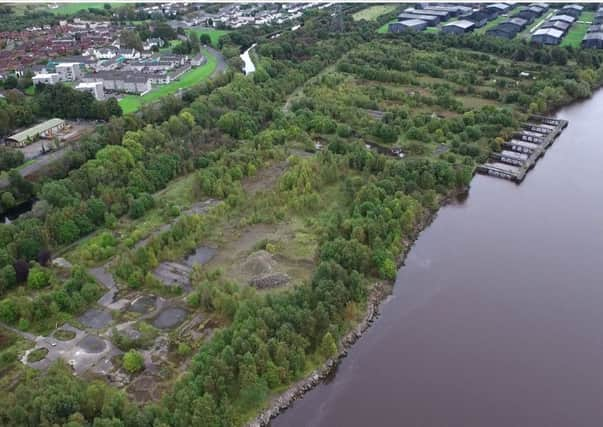Work begins to find vanished harbour on the River Clyde


Malin Group, a marine engineering firm based in Glasgow, took ownership of the Carless estate near the Erskine Bridge last year, with a long-term view of bringing more high value marine design and build projects back to Clydeside.
The site, near the village of Old Kilpatrick, housed a major private oil refinery until 1992 and was formerly operated by the Royal Navy during World War Two.
Advertisement
Hide AdAdvertisement
Hide AdWork is now underway to establish how contaminated the site is, while trenches have been dug to try and identify the location of a former harbour on the estate - which appears to have been in-filled during the 1960s.
A major clean-up operation will be required before any marine technology park can be built.
“When dealing with polluted sites like this where the groundwater has been contaminated by years of hydrocarbons leeching into the soil, understanding the hydrology of the site is important,” the company said in a project update.
“This covers everything from levels of free and dissolved contamination across the site as well as the ability of contamination to flow between areas as you begin any remediation. This flow can be affected by both the porosity of the soil as well as any buried structures that may be present.
“It was when reviewing the risk of the latter that the team discovered the old drawings and photographs shown below that we noticed that, around the 1950s, there was a shallow harbour downriver of the Naval refuelling jetty.
“Although the central slipway / jetty structure was not found during exploratory excavations the relatively well preserved remains of a reinforced concrete spillway were discovered. Running parallel to the River Clyde it is thought that this structure defined the landward extents of the old harbour.
“We face a long road to get the site into a usable condition, however, the potential for the site is clearly evident even if we have not yet peeled back all of the layers of history that lie below the surface of this stretch of the River Clyde.”